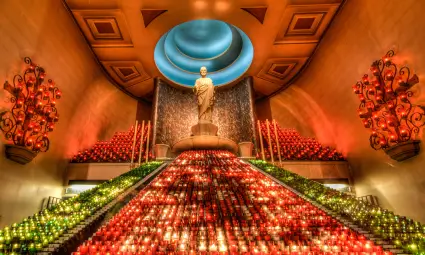
The Votive Chapel is a place of devotion and ardent prayers where 10,000 votive candles shine before Saint Joseph.

The Votive Chapel is a place of devotion and ardent prayers where 10,000 votive candles shine before Saint Joseph.
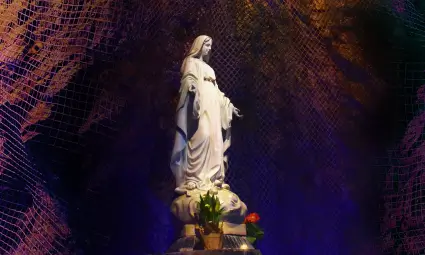
The Virgin Mary, mother of Jesus, occupies a special place in the life of Brother André. Moved several times, since 2011 she welcomes pilgrims and visitors to the heart of the rock on which the shrine dedicated to her husband, Joseph, is built.
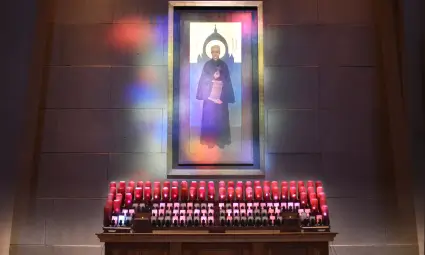
Named in honour of the founder of the Oratory and inaugurated on March 7, 2013, the Saint André Bessette Chapel features a display of electronic lanterns surmounted by an icon of Saint Brother André.
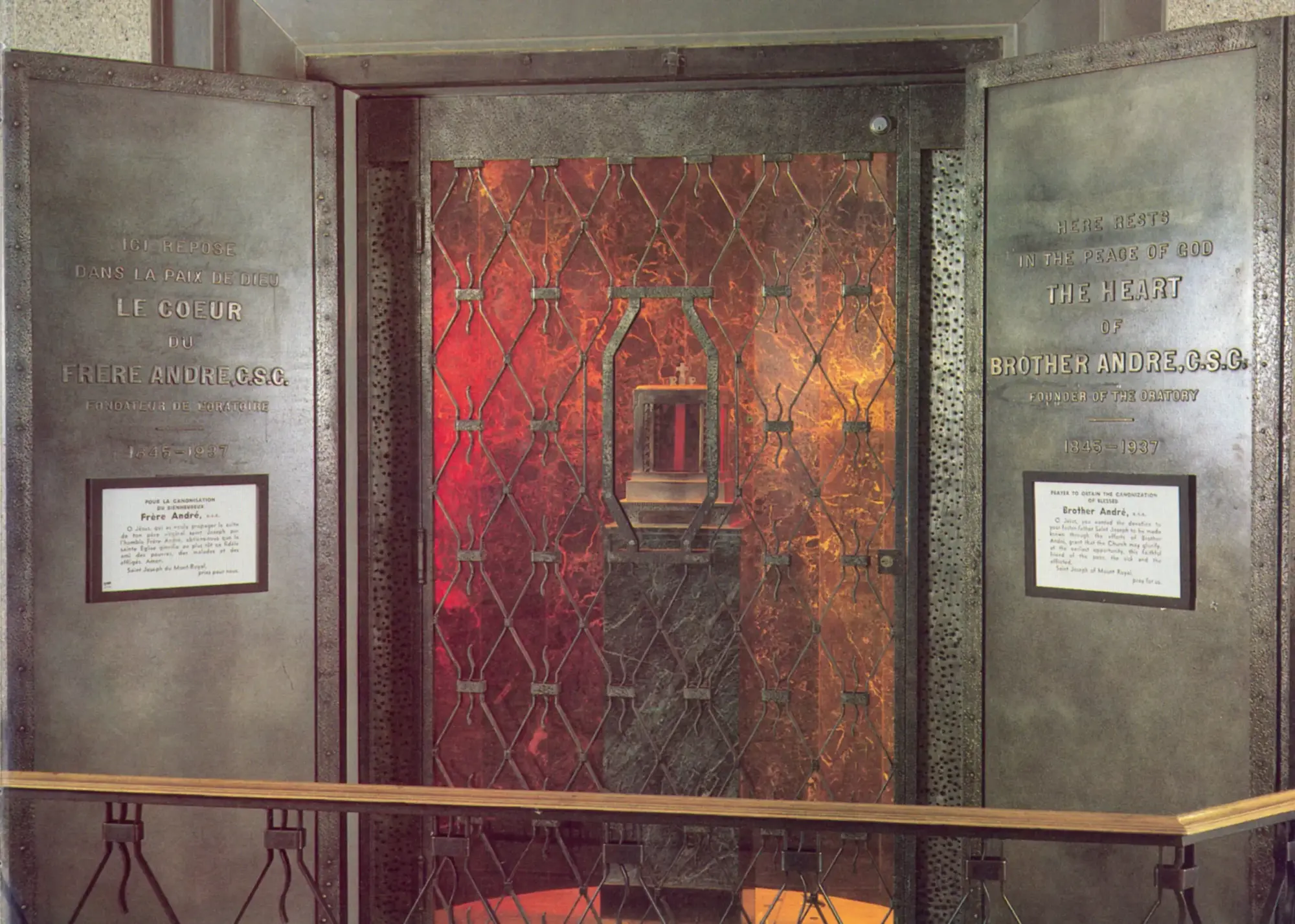
The heart of Brother André is the symbol of his love for God and of his compassion toward all the people who came to him. This beloved relic evokes the interior life and feelings which animated the holy religious in his ministry of welcome, compassion, and healing.
Your expression of sympathy will be sent on your behalf to the bereaved family through a souvenir booklet.
The burgundy hard cover booklet is simple and elegant, with a gold stamp of the Saint Joseph’s Oratory logo on the cover. Inside, you will find on the left an image associated with the Oratory and on the right the name of the deceased, a thought, your name and, if you wish, a short message to the family. You can personalize the booklet by choosing from our four inspirational images.
This perpetual affiliation is a quick and easy way to offer condolences, solidarity and support to the family and friends of the deceased.
A Perpetual Prayer Affiliation for $120 can be offered through our website or by phone.

The Votive Chapel is a place of devotion and ardent prayers where 10,000 votive candles shine before Saint Joseph.

The Virgin Mary, mother of Jesus, occupies a special place in the life of Brother André. Moved several times, since 2011 she welcomes pilgrims and visitors to the heart of the rock on which the shrine dedicated to her husband, Joseph, is built.

Named in honour of the founder of the Oratory and inaugurated on March 7, 2013, the Saint André Bessette Chapel features a display of electronic lanterns surmounted by an icon of Saint Brother André.

The heart of Brother André is the symbol of his love for God and of his compassion toward all the people who came to him. This beloved relic evokes the interior life and feelings which animated the holy religious in his ministry of welcome, compassion, and healing.

Many donors join the program because it’s practical and efficient. By becoming an Artisan of the Oratory, you are part of a community mobilized to offer a source of stable income to the Oratory.

Every donation is important and helps to support the work of Saint Brother André. With your support, the Oratory continues to be a high place of spirituality, culture and nature.

Support the continuation of the work of Saint Brother André with a planned gift to Saint Joseph’s Oratory of Mount Royal – a gesture today for building the future.
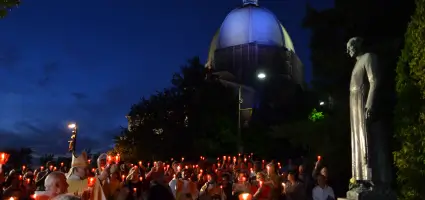
A gift to pay tribute to a deceased loved one is also an act of great generosity to support Saint Joseph’s Oratory.
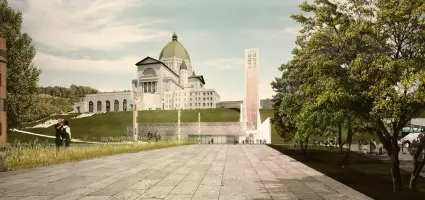
Support our work toward a more accessible and greener site. Development of the dome, new museum and welcome centre are among the components of the project to ensure the sustainability of the Shrine’s heritage.
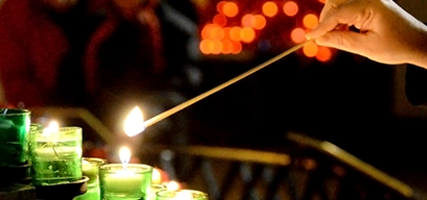
In exchange for a donation, Saint Joseph’s Oratory will light a candle or a lantern for you in one of the places of prayer at Saint Joseph’s Oratory, according to your wish

The Oratory offers a marriage preparation service (only in French) where future brides and grooms are invited to reflect on their relationship in preparation for the big day. The session is offered over an intensive weekend in the company of a team of facilitators and a priest.
RATE AND HOURS
$200 per couple
Friday: 7:30 p.m. to 10:00 p.m.
Saturday – Sunday: 9:30 a.m. to 4:30 p.m.
514 733-8216, ext. 2801